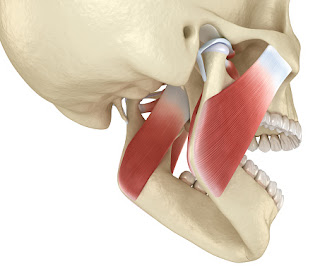What Is Herniated Discs
A herniated discs refers to a problem with one of the rubbery cushions (disks) that sit between the individual bones (vertebrae) that stack to make your spine. A spinal disk has a soft, jellylike center (nucleus) encased in a tougher, rubbery exterior (annulus). Sometimes called a slipped disk or a ruptured disk, a herniated disk occurs when some of the nucleus pushes out through a tear in the annulus.
A herniated disk, which can occur in any part of the spine, can irritate a nearby nerve. Depending on where the herniated disk is, it can result in pain, numbness or weakness in an arm or leg. Many people have no symptoms from a herniated disk. Surgery is usually not necessary to relieve the problem.
Symptoms
Symptoms vary greatly, depending on the position of the herniated disc and the size of the herniation. If the herniated disc is not pressing on a nerve, the patient may experience a low backache or no pain at all. If it is pressing on a nerve, there may be pain, numbness or weakness in the area of the body to which the nerve travels. Typically, a herniated disc is preceded by an episode of low back pain or a long history of intermittent episodes of low back pain.
Lumbar spine (lower back): Sciatica/Radiculopathy frequently results from a herniated disc in the lower back. Pressure on one or several nerves that contribute to the sciatic nerve can cause pain, burning, tingling and numbness that radiates from the buttock into the leg and sometimes into the foot. Usually, one side (left or right) is affected. This pain often is described as sharp and electric shock-like. It may be more severe with standing, walking or sitting. Straightening the leg on the affected side can often make the pain worse. Along with leg pain, one may experience low back pain; however, for acute sciatica the pain in the leg is often worse than the pain in the low back.
Cervical spine (neck): Cervical radiculopathy is the symptoms of nerve compression in the neck, which may include dull or sharp pain in the neck or between the shoulder blades, pain that radiates down the arm to the hand or fingers or numbness or tingling in the shoulder or arm. The pain may increase with certain positions or movements of the neck.
Risk factors
Factors that can increase your risk of a herniated disk include:
Weight. Excess body weight causes extra stress on the disks in your lower back.
Occupation. People with physically demanding jobs have a greater risk of back problems. Repetitive lifting, pulling, pushing, bending sideways and twisting also can increase your risk of a herniated disk.
Genetics. Some people inherit a predisposition to developing a herniated disk.
Smoking. It's thought that smoking lessens the oxygen supply to the disk, causing it to break down more quickly.
Prevention
To help prevent a herniated disk, do the following:
Exercise. Strengthening the trunk muscles stabilizes and supports the spine.
Maintain good posture. This reduces pressure on your spine and disks. Keep your back straight and aligned, particularly when sitting for long periods.
Lift heavy objects properly, making your legs — not your back — do most of the work.
Maintain a healthy weight. Excess weight puts more pressure on the spine and disks, making them more susceptible to herniation.
Quit smoking. Avoid the use of any tobacco products.
The doctor will give specific instructions after surgery and usually prescribe pain medication. He or she will help determine when the patient can resume normal activities, such as returning to work, driving and exercising. Some patients may benefit from supervised rehabilitation or physical therapy after surgery. Discomfort is expected during a gradual return to normal activity, but pain is a warning signal that the patient might need to slow down.




Comments
Post a Comment